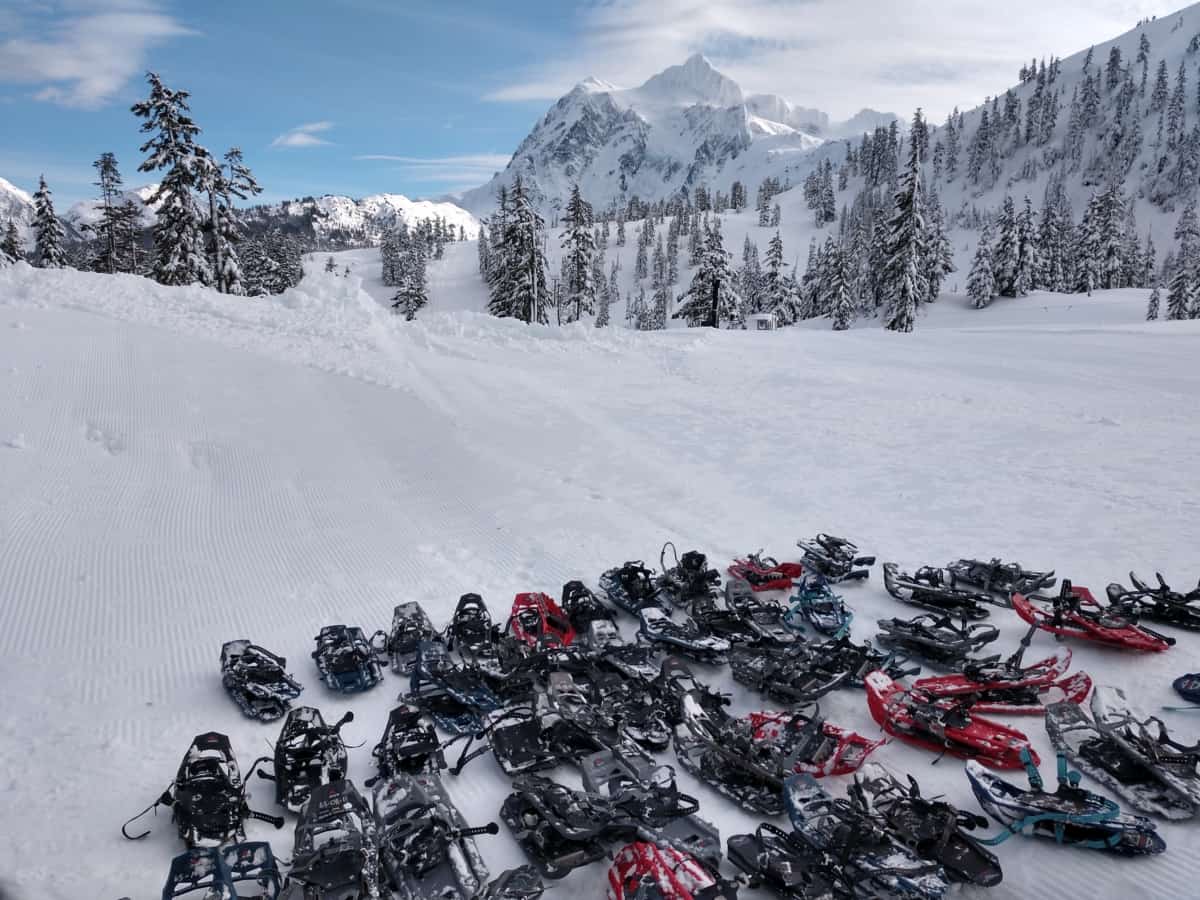
First day of Mt. Baker Snow School!
Last week kicked off the latest season of Mt. Baker Snow School with a group of students from Mt. Baker Junior High. This winter, approximately 650 middle-schoolers will travel to Mt. Baker Ski Area to gain knowledge in through hands-on learning around the themes of weather, watersheds and climate.
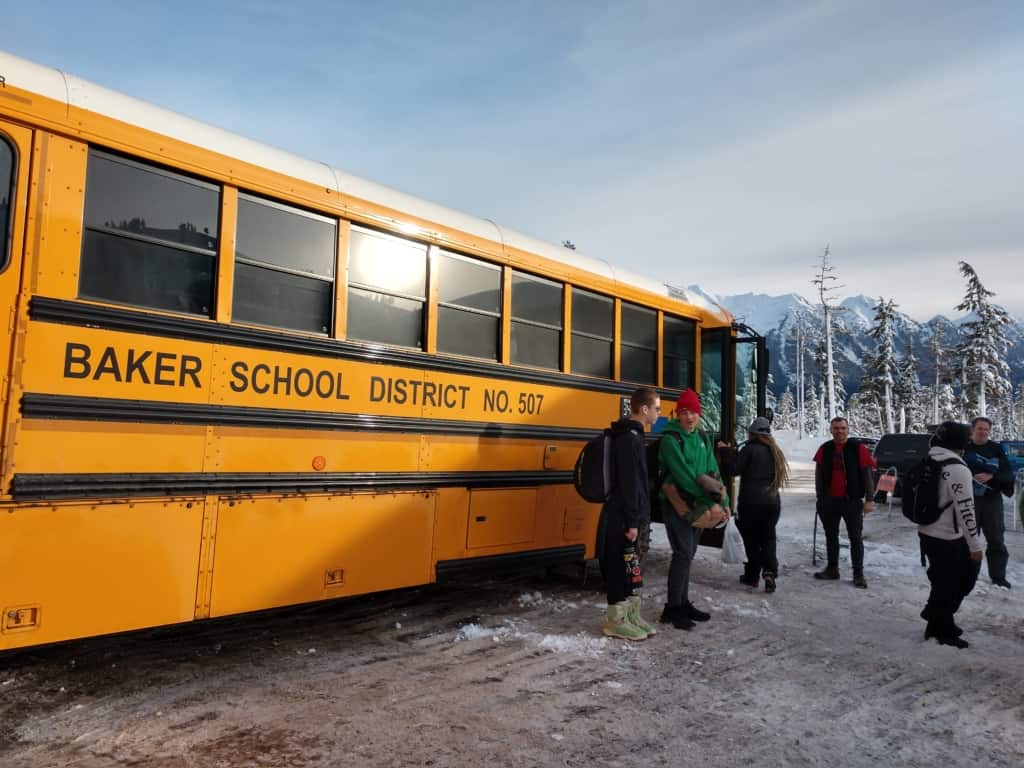
A collaborative program led by North Cascades Institute, Mt. Baker Snow School provides a classroom orientation followed by a one-day exploration of applied science. While snowshoeing, students analyze snow profiles with Northwest Avalanche Center educators, collect snow algae samples for Western Washington University’s Living Snow Project, observe snow crystals, test for snow water equivalent, and make observations of weather, plants and animals. The goal is for students, instructors and teachers to better understand how the quantity and quality of the snowpack impacts the health of the watershed.

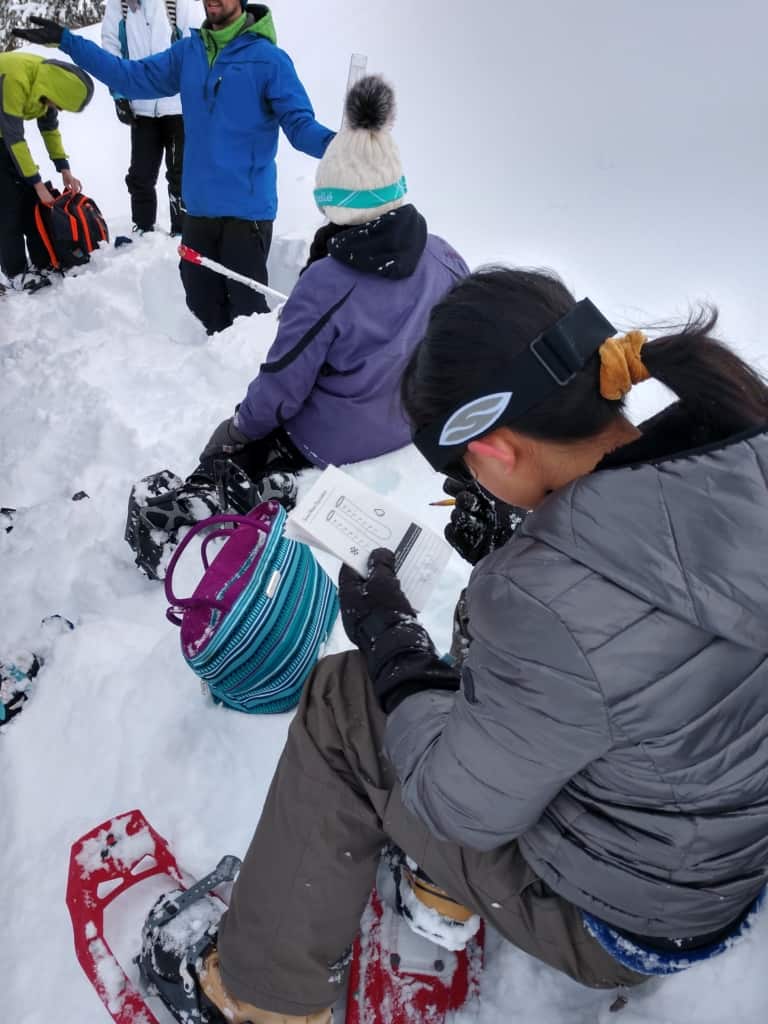
Participants link the snowpack of the North Cascades to their daily lives by understanding the connectivity of a watershed. A former Snow School student reflects, “I learned many things about snow, like almost all the snow up on Mt. Shuksan melts and goes into the rivers and streams all around.”
This awareness is particularly important as the mountain snowpack decreases and glaciers continue to recede. The communities we love, the water we drink and the food we eat are all interwoven, derived from water held for us in the craggy trust of the mountains.
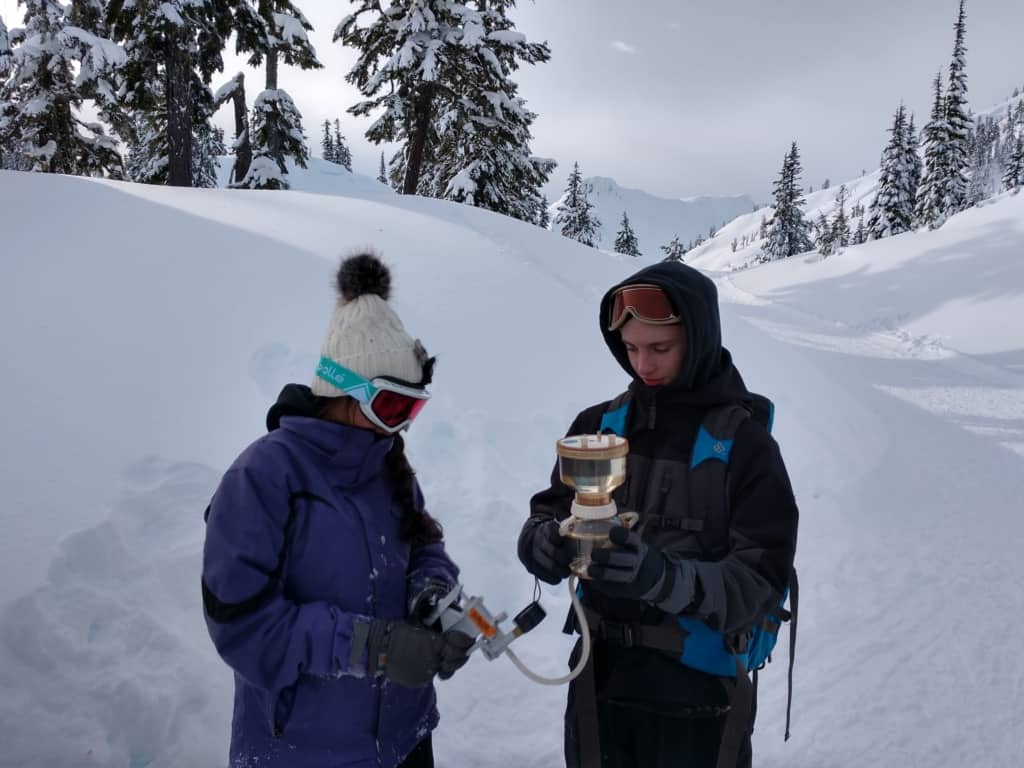
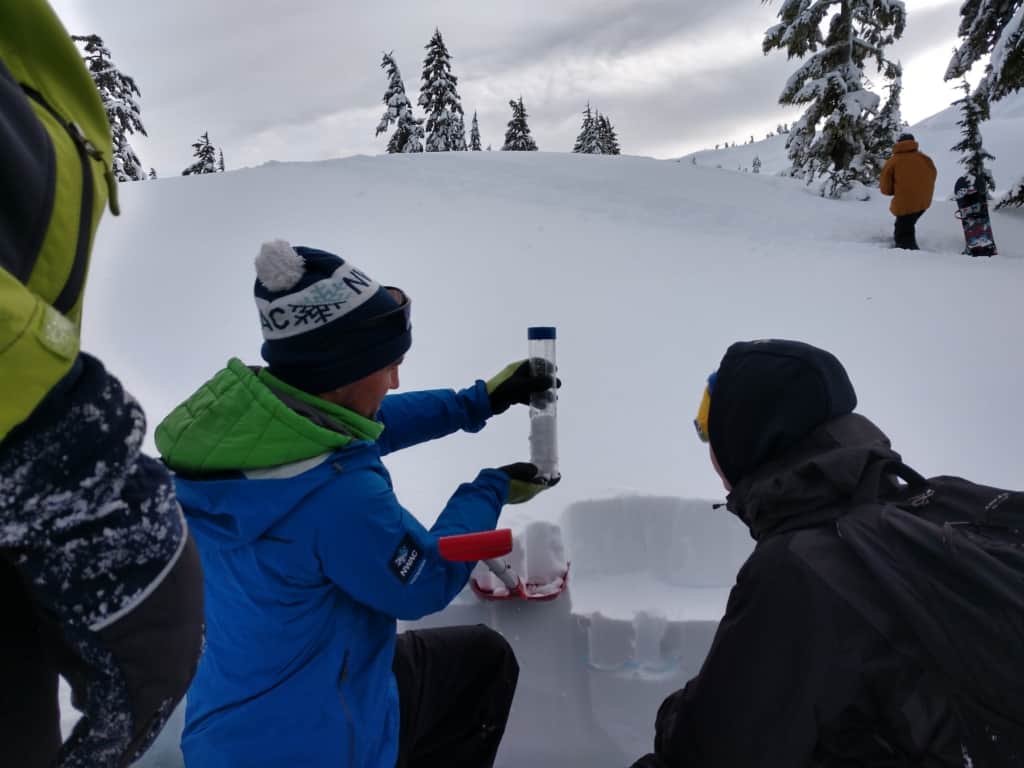
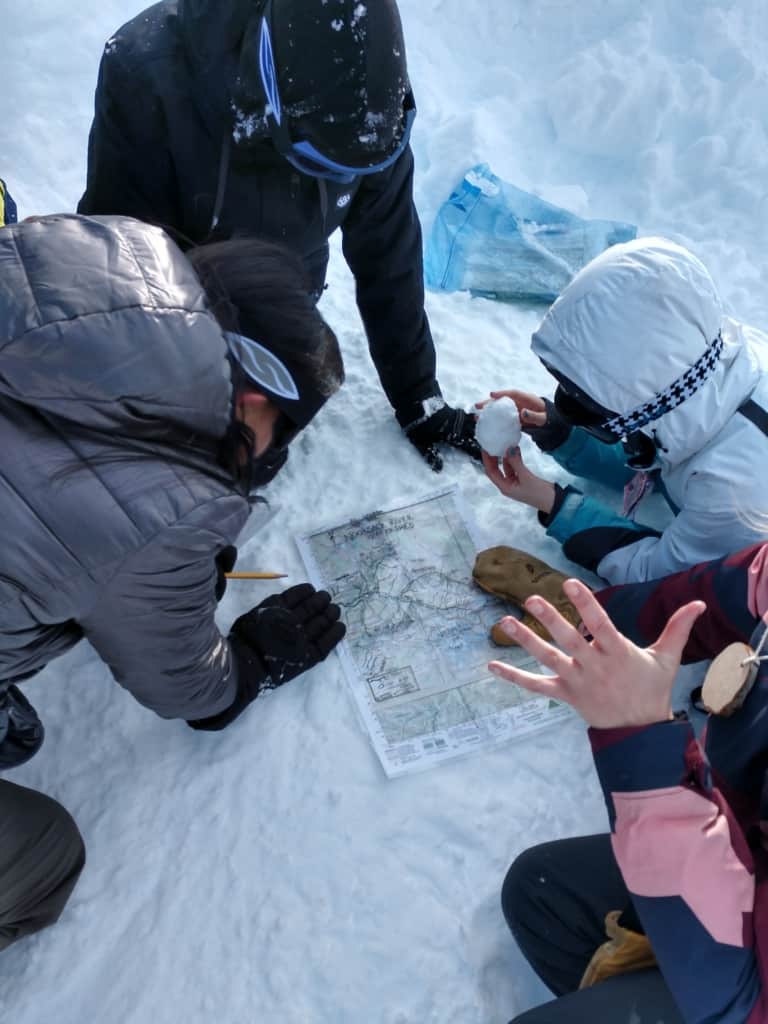
By participating in ongoing scientific research in our mountain ecosystem, Mt. Baker Snow School provides youth with an opportunity to reflect on this interconnectedness and encourages all of us to become the change-makers we so desperately need.
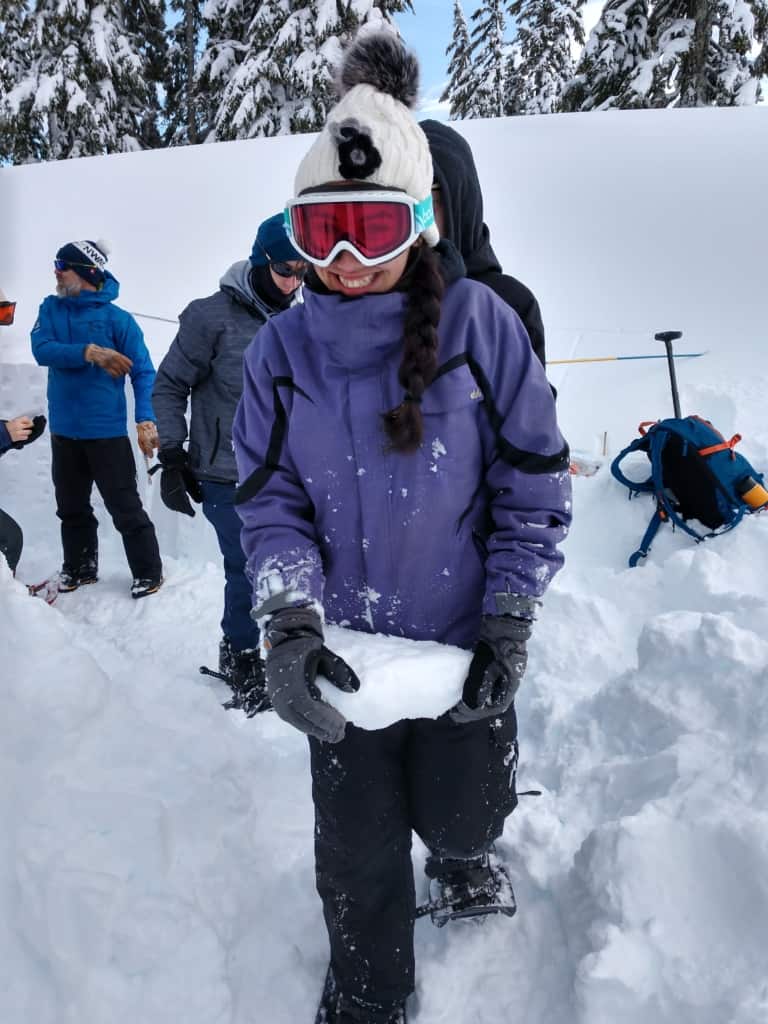
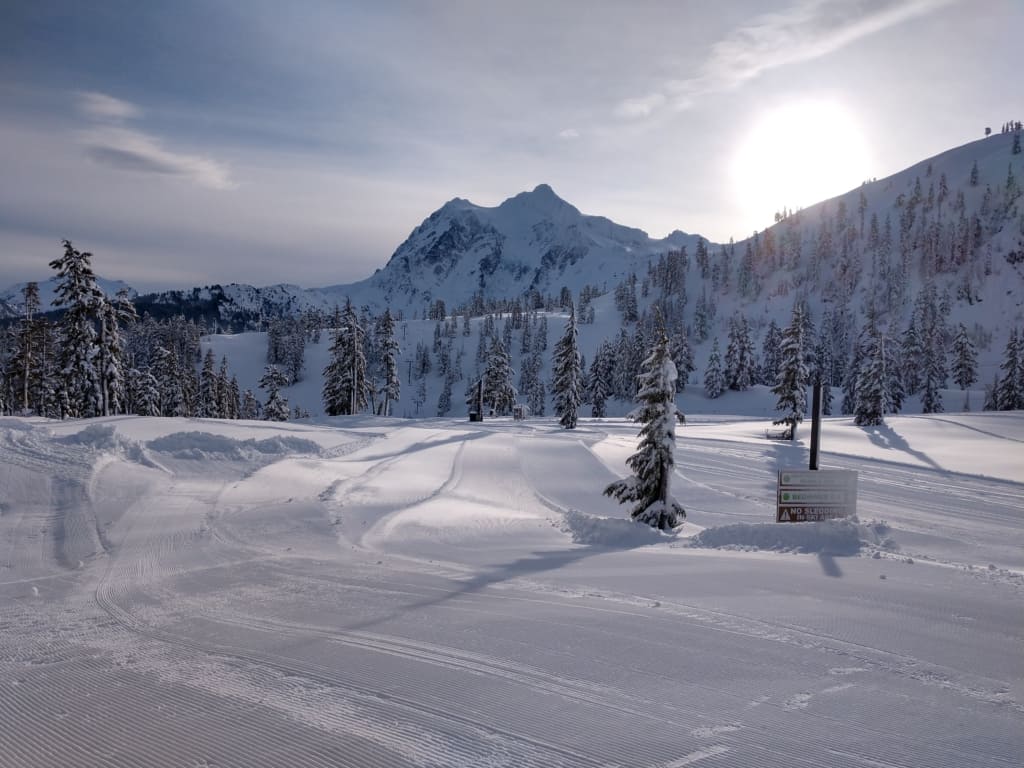
Text by Abby Sussman, photos by Cara Stoddard. Support getting local kids outside learning in the snow this winter by making a donation, thank you!

